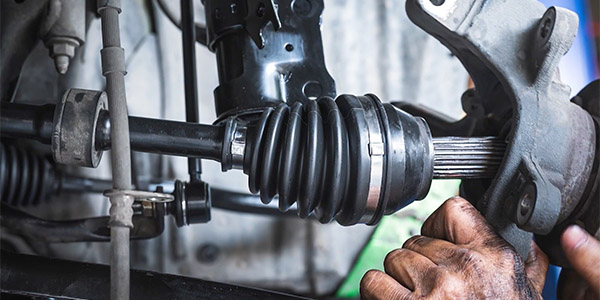When diagnosing a belt noise or wear problem, it is critical to remove the belt and perform a full inspection of the entire belt, both front and back. If you are looking at the belt on the engine, even at the longest run, you could be missing damage that is localized.
Remove the belt and look at all of its surfaces, including the back, front and sides. If the abnormal wear is isolated, it is a sign the belt was damaged during installation, or an incident occurred where an object came between the belt and pulley. The typical symptom of installation damage is rib separation from a 1- to 2-inch area of the belt. This can occur if the belt was pinched or pried into position with a sharp object.
If the rib separation is consistent on the belt, it is usually a signal of high underhood temperatures. The heat is generated not only by the engine, but also the flexing of the belt as it travels along the pulleys. Also, slipping on the pulleys creates friction and heat. Heat breaks down the materials of the belt and causes oxidation.
Just remember! Most modern EPDM belts will not crack like older belts made of less advanced material. If there are cracks, it is a sign the belt has been contaminated by fluids or exposed to high heat.
The other benefit of removing the belt is it will allow you to inspect idler pulleys and other components for noise and play.
This video is sponsored by Continental.












